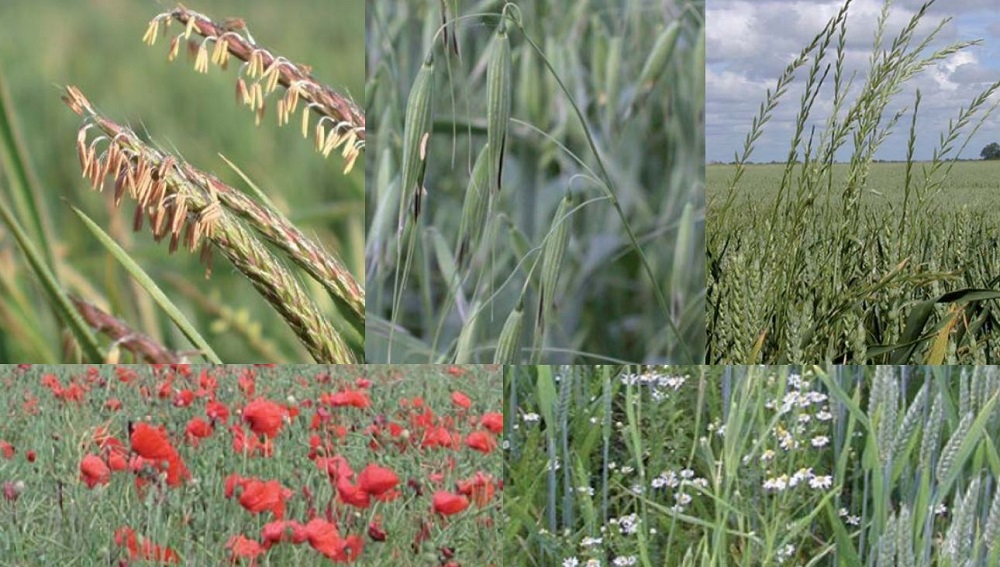- Home
- Knowledge library
- Top tips to manage herbicide-resistance risks in arable weeds
Top tips to manage herbicide-resistance risks in arable weeds
Herbicide resistance is an irreversible process – once present, it does not disappear (even if the herbicide is no longer used). However, you can slow its development, in rotations dominated by autumn-sown cereal crops, by following these tips.
Introduction to herbicide resistance in arable weeds
Weed Resistance Action Group (WRAG)
Top tips to reduce herbicide-resistance risks
- Manage resistance threats – even before herbicide efficacy declines
- Reduce reliance on herbicides – a change of herbicide policy alone is unlikely to provide adequate lowering of resistance risk
- Adopt non-chemical control methods
- Maximise the benefit from pre-emergence herbicides, which are associated with partial and relatively slow resistance development
- Place less reliance on post-emergence herbicides – regular use of ACCase-inhibiting and ALS-inhibiting herbicides is associated with a high risk of herbicide resistance
- Where possible, use lower resistance risk post-emergence herbicides in the rotation in oilseed rape and beans
- Note that residual herbicides require moisture and an even seedbed for good efficacy, and most do not perform well in high organic matter (over 5%) soils
- Where soil does not cover crop seed (e.g. in no-till establishment systems), do not apply herbicides until the crop has established.
- Use mixtures and sequences of herbicides with different modes of action to delay resistance
- Be aware that although the use of higher resistance risk herbicides with lower-risk modes of action will help reduce weed populations, this will not prevent further selection for resistance
- Follow the manufacturer’s recommendations on the label (e.g. for optimum dose and spray timing/application)
- Take note of label restrictions – introduced to reduce risk of herbicide resistance – on the sequential use of both ACCase-inhibiting and ALS-inhibiting herbicides
- Avoid treating if heavy rain is forecast, in waterlogged or frosty conditions, or if crop is suffering nutrient stress
- Note that resistance can vary considerably between and, to a lesser extent, within different fields
- Closely monitor herbicide performance to guide management
- Conduct regular – at least once every two to three years – resistance tests on seeds or plants
Regular monitoring will help provide a strong indication of the unique resistance profiles present across a field.
It is much cheaper to stop resistance developing, so spotting the early signs is vital.
Herbicide resistance risk factors
|
Agronomic factor |
Lowest risk |
Highest risk |
|
Cropping system |
Good rotation of spring and autumn crops |
Continuous winter cereals |
|
Cultivation system |
Annual ploughing |
Continuous non-ploughing |
|
Control method |
Cultural only |
Herbicides only |
|
Herbicide use throughout the rotation |
Different modes of action |
Single mode of action |
|
Weed infestation level |
Low |
High |
|
Resistance incidence |
None in vicinity |
Identified locally (especially in similar cropping systems) |

Topics:
Sectors:
Tags:

